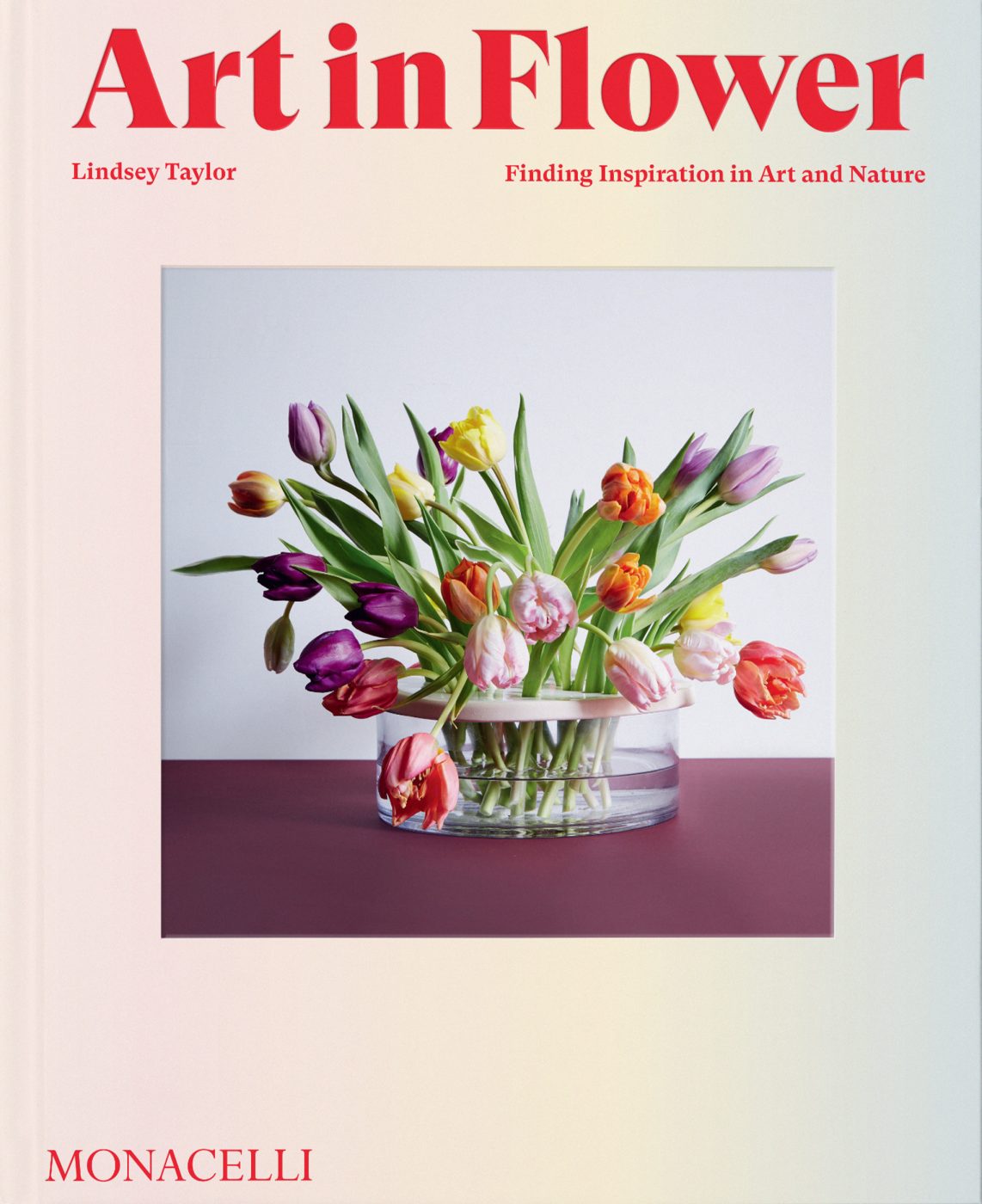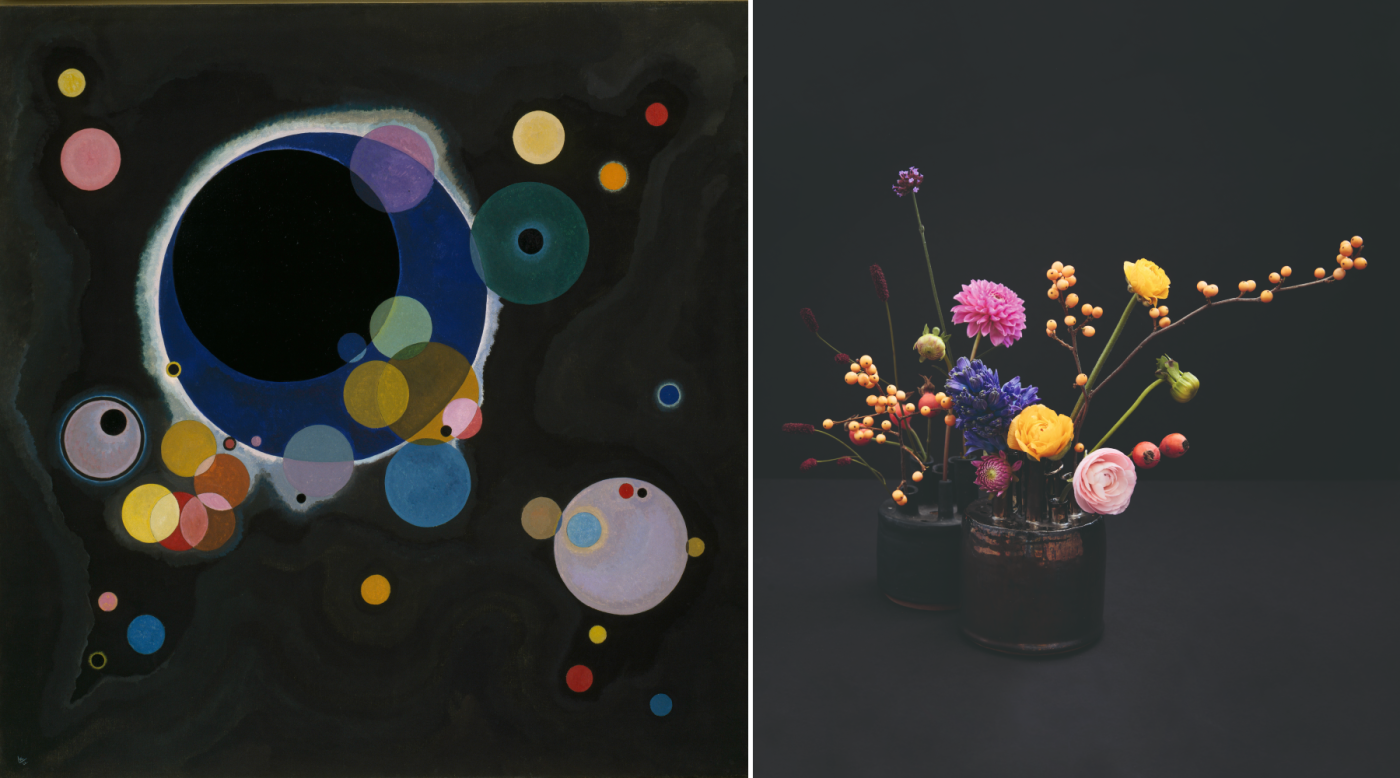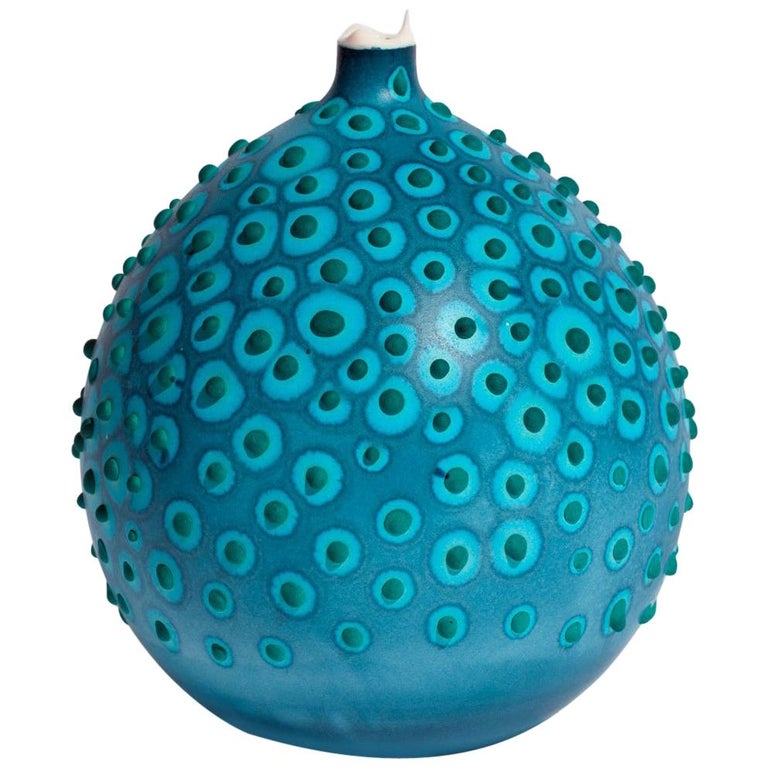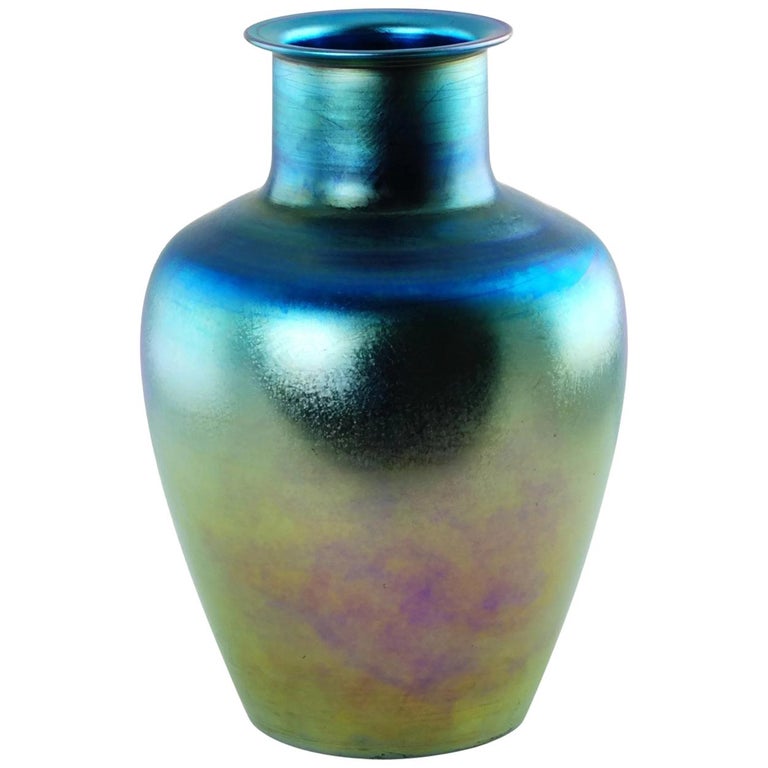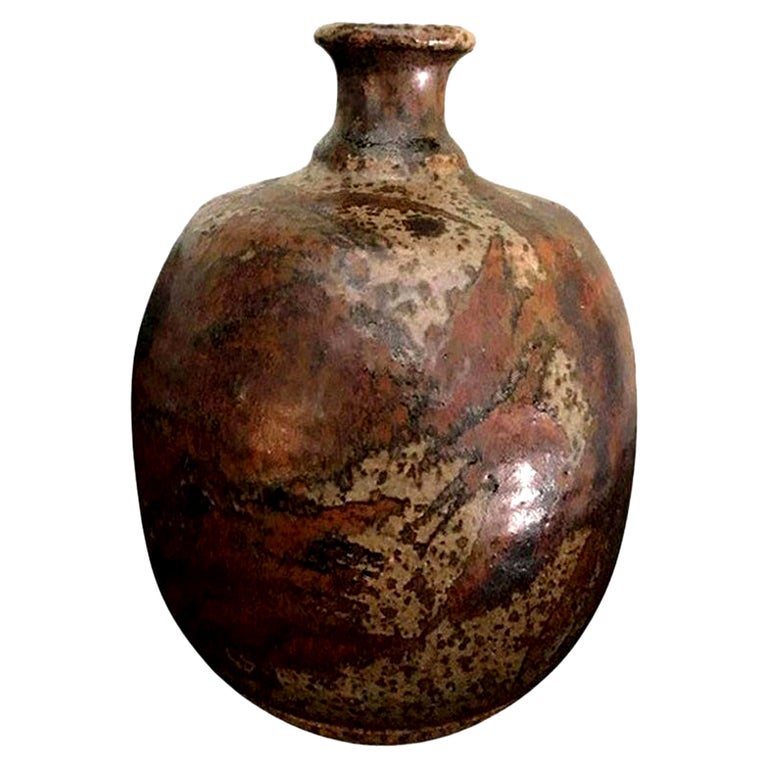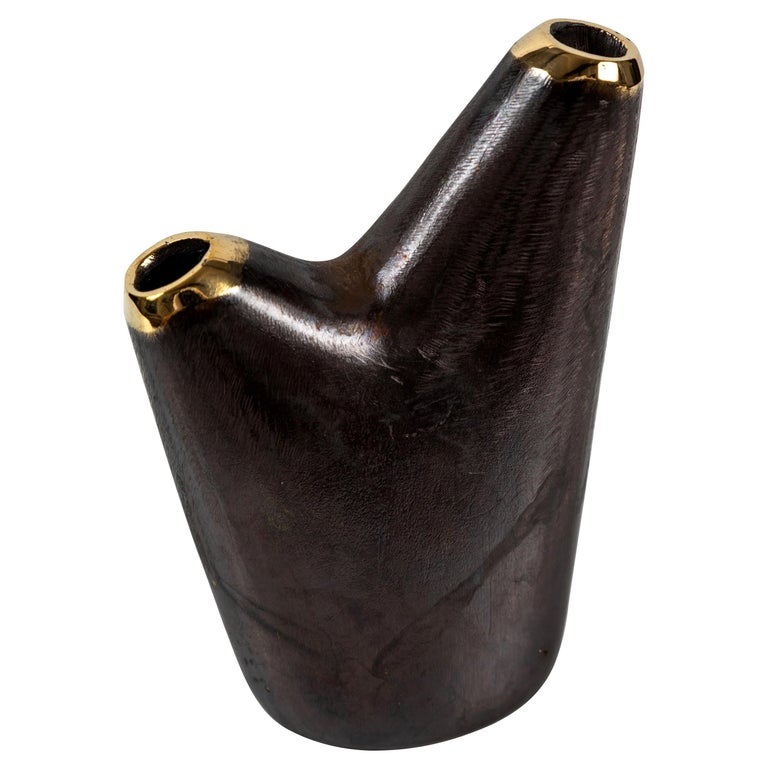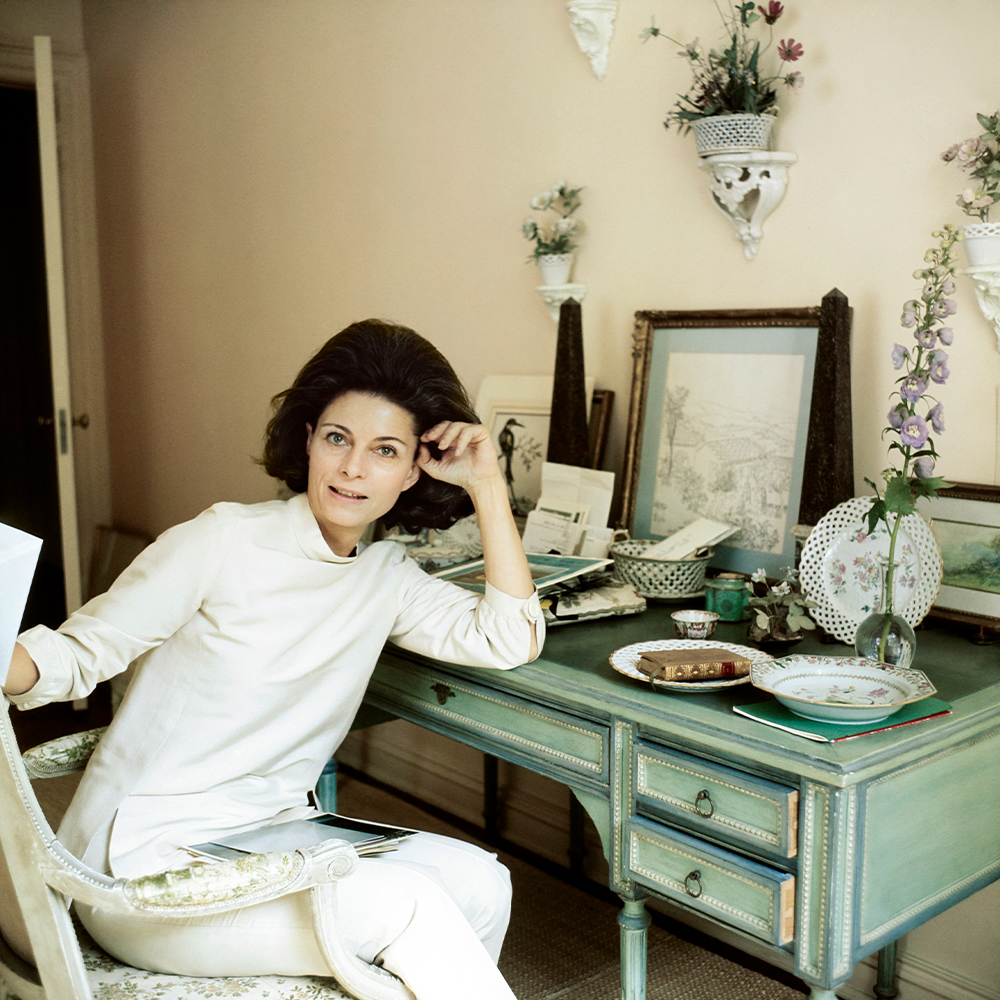January 14, 2024“Imagine if Jackson Pollock had been a florist,” began one of Lindsey Taylor’s Wall Street Journal essays. The phrase aptly captures her skill in loosely adapting a work of art, even an abstract painting, into a floral arrangement, which she did once a month for 10 years in her column for the paper, called “Flower School.”
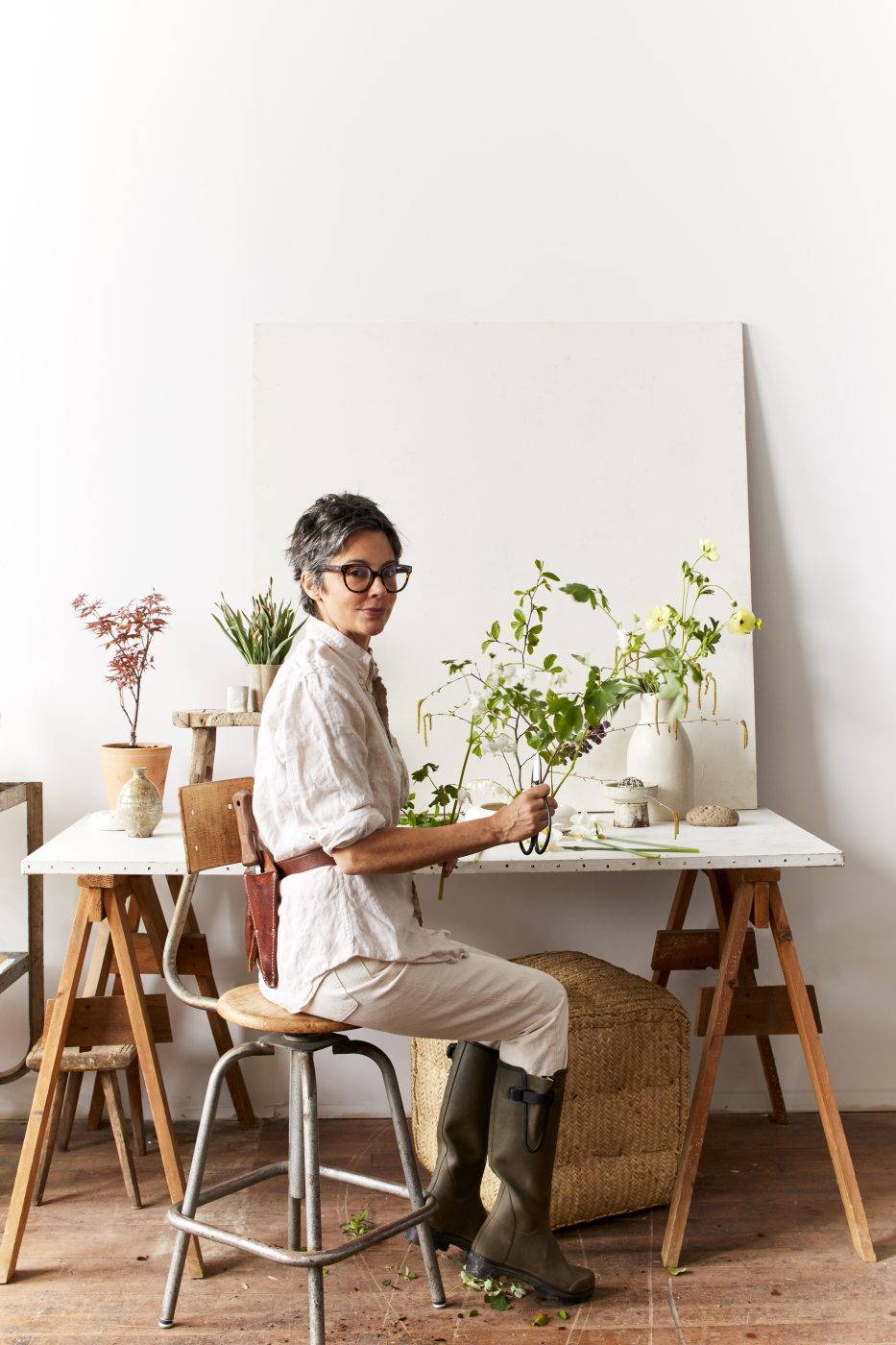
Taylor’s new book, Art in Flower: Finding Inspiration in Art and Nature (Monicelli), is based on the same concept. In it, the writer, landscape designer and floral stylist demonstrates how she interprets a work of fine art in a truly original bouquet. The 40 artists she chose are impressively diverse, ranging from Jean-Michel Basquiat to Willem de Kooning, Frank Stella to Sheila Hicks, Pierre-Auguste Renoir to Kerry James Marshall.
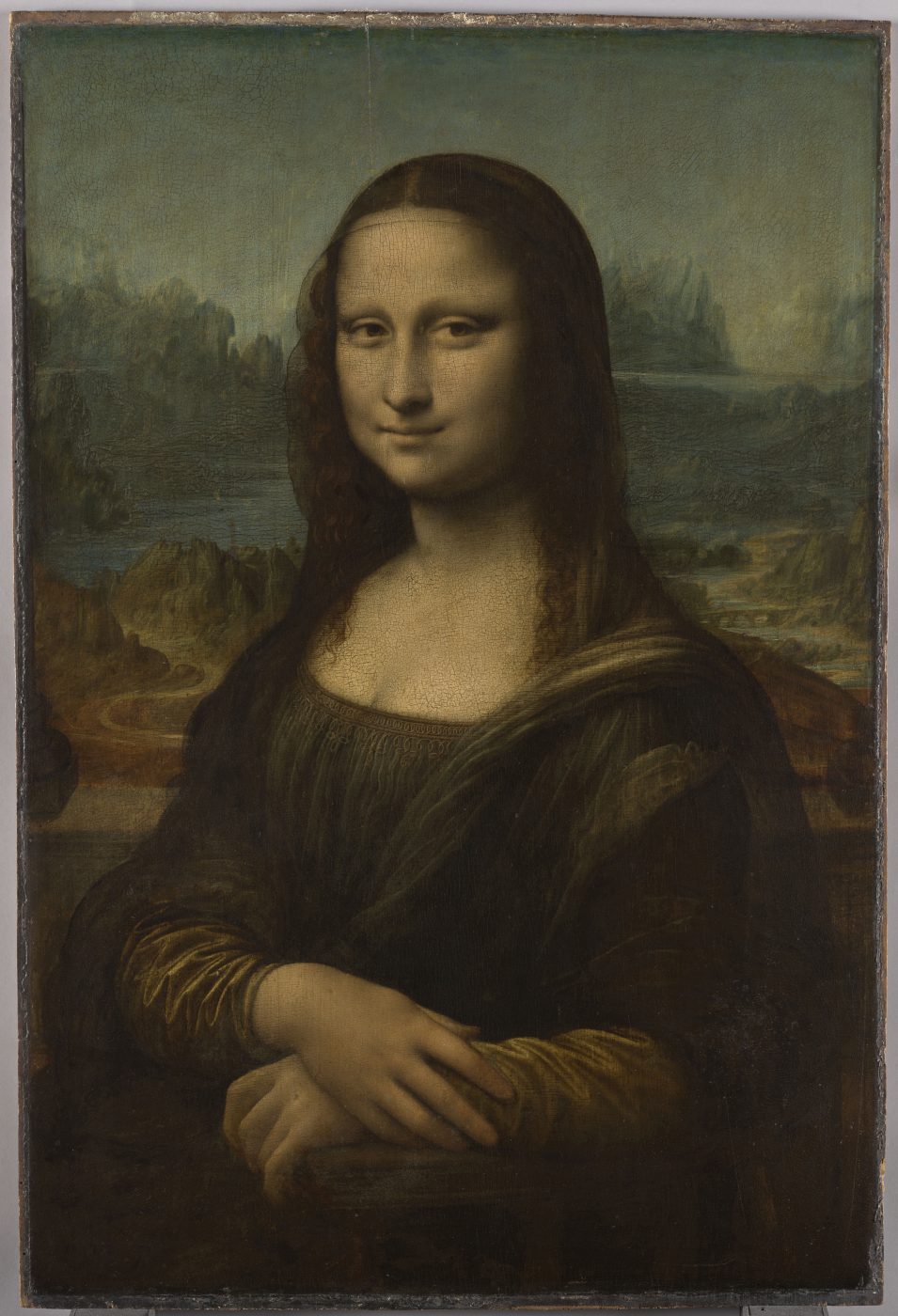
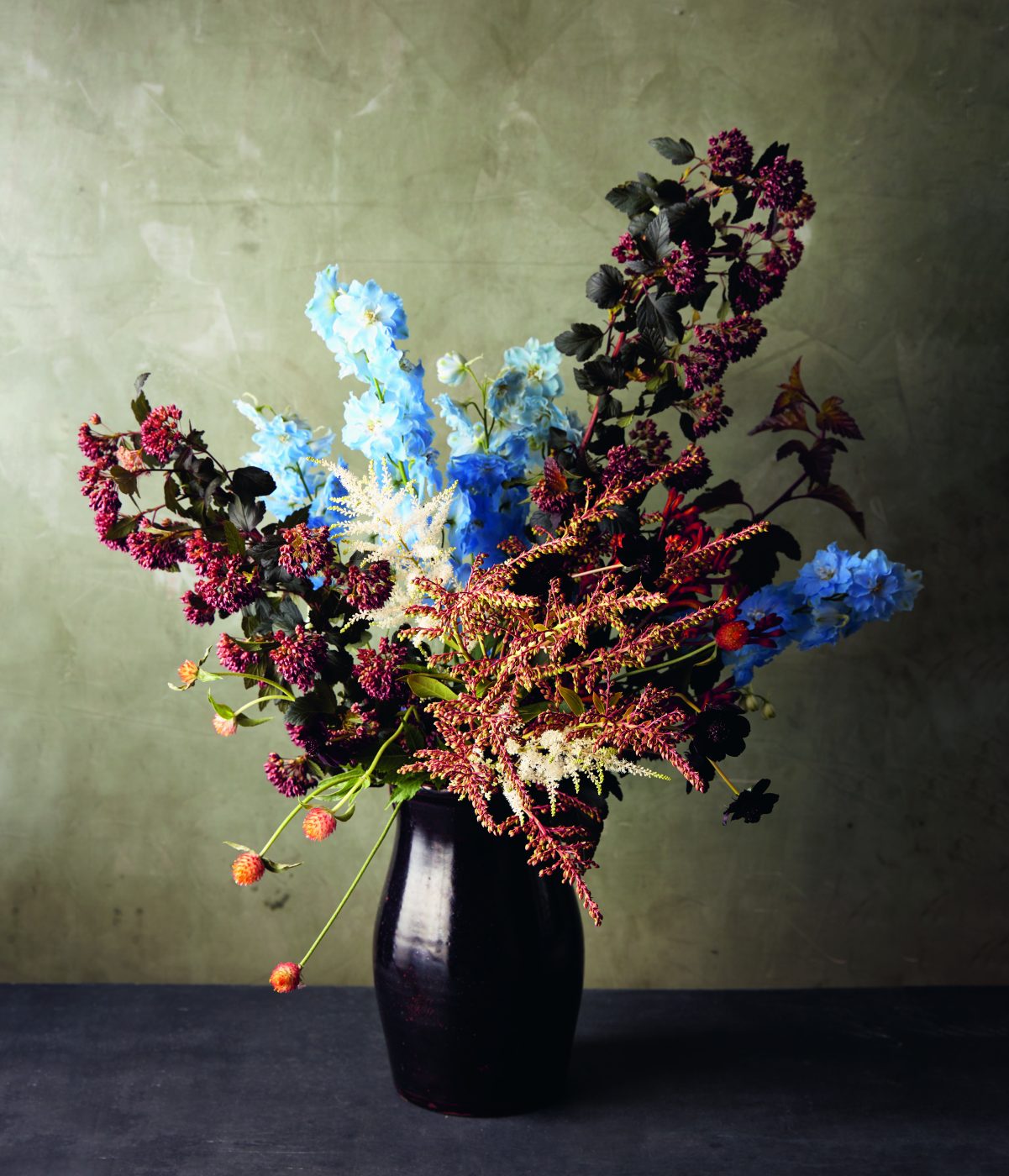
Along with fresh flowers, Taylor uses branches, berries, seed pods and ornamental grasses like brushstrokes. “Like the artists she looks to, Lindsey also draws — just not in pencil or paint but in flowers,” Deborah Needleman, Taylor’s friend and the founding editor of Domino magazine, writes in the foreword. “Her interpretations are never literal mimicries in floral form; they possess an artistic integrity of their own.”
And they pack a visceral punch.
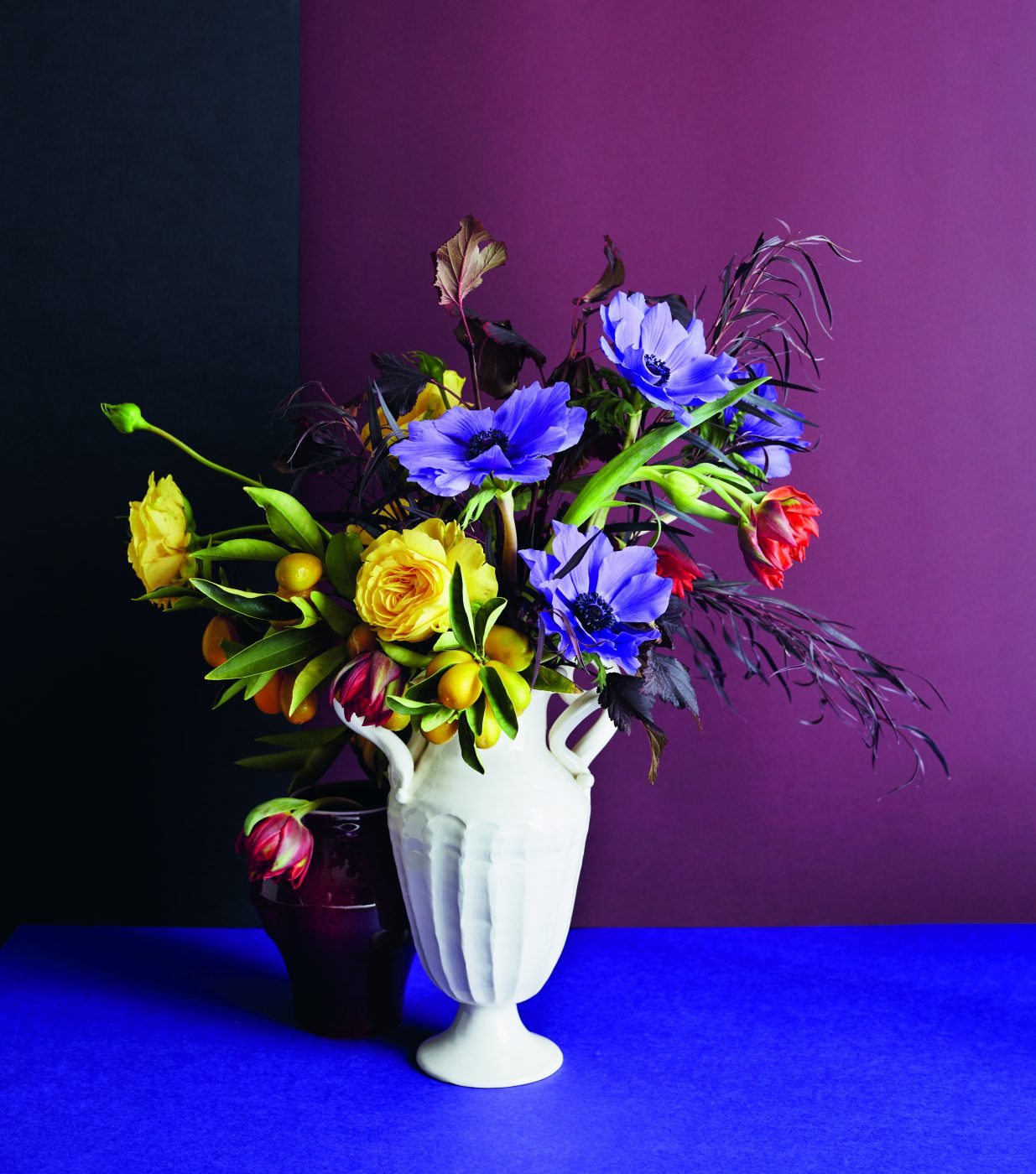
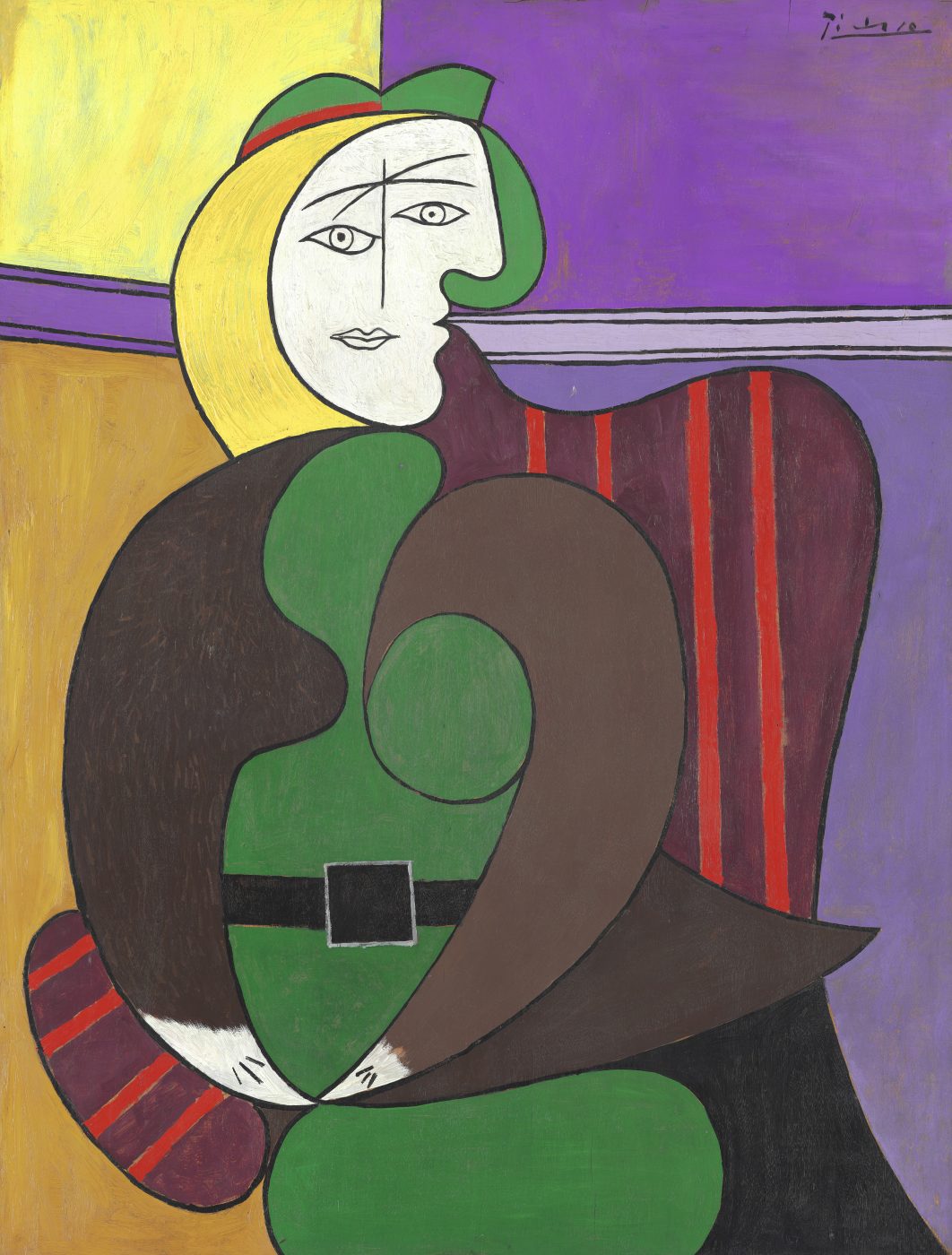
Needham characterizes Taylor’s arrangements as a form of ekphrasis, a Greek term for the literary description of a visual artwork, the translation of the emotional experience of a creative work into a different medium, like poetry. “Starting with one art form, Lindsey expresses truths in another,” she writes.
After growing up in Canada, Taylor moved to New York in 1996 to become the first garden editor at Martha Stewart Living. One of her tasks there was to create bouquets for each editor’s desk on Monday morning. To do this, she would forage at dawn in her own garden north of the city, then rush to the flower district in Manhattan — “as a support,” she tells Introspective — to build “bouquets on a deadline.”
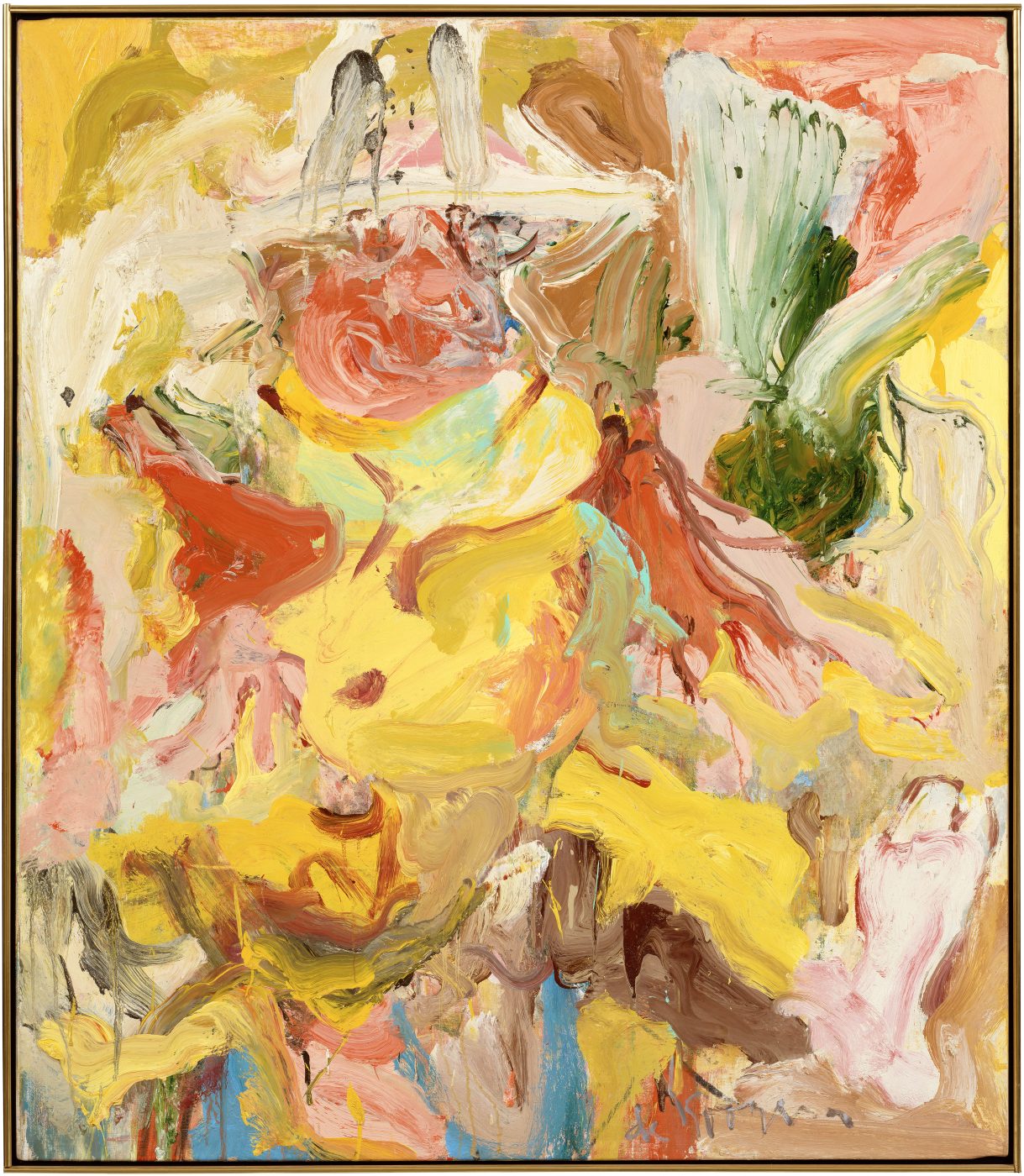
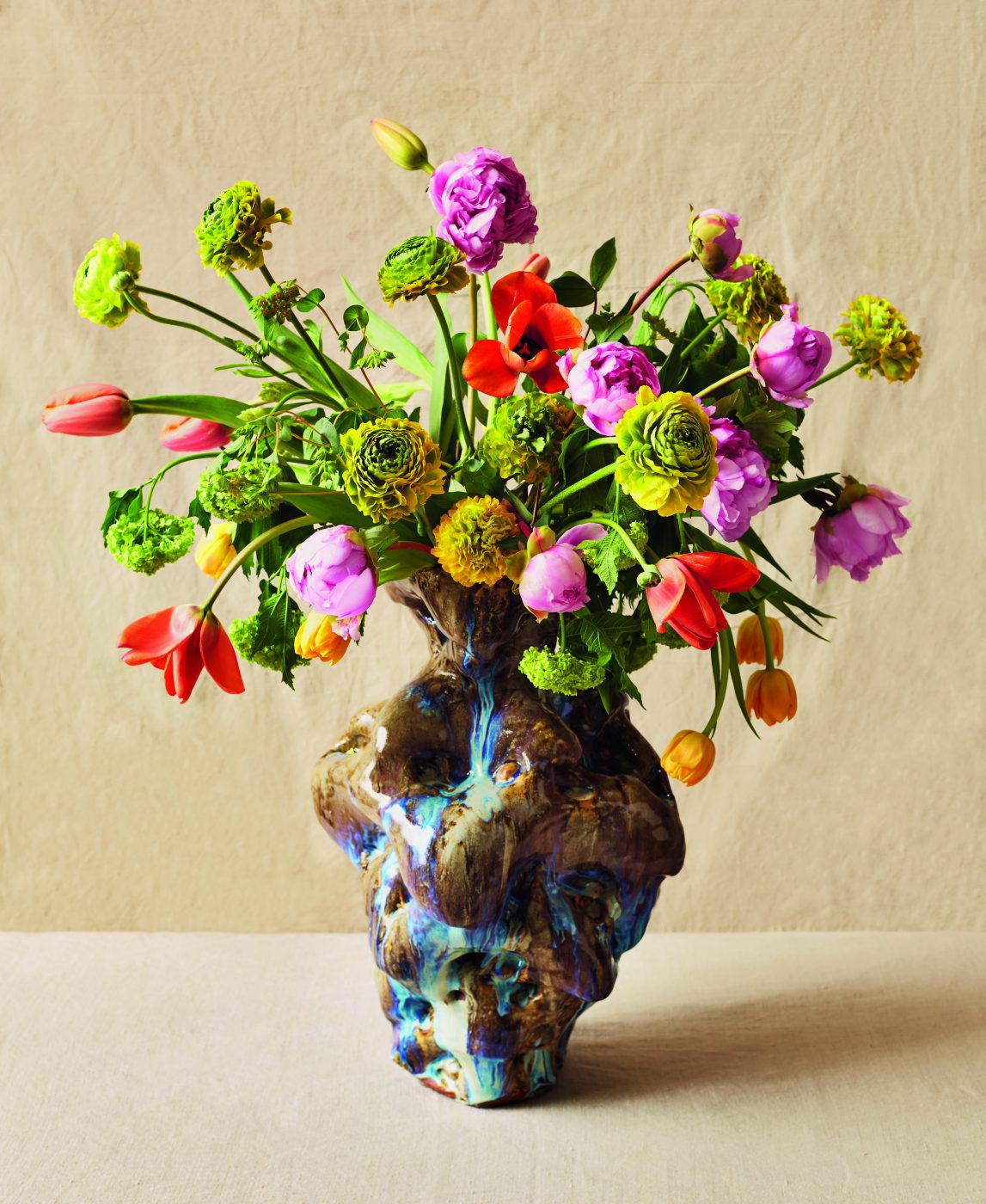
“My signature style has always been loose, a bit askew,” she explains. “Spontaneity is key.”
Taylor credits Constance Spry, a 1930s English society florist, as her North Star. Spry was famous for eschewing formal arrangements; her bouquets included vegetables, leaves and weeds found on the roadside.
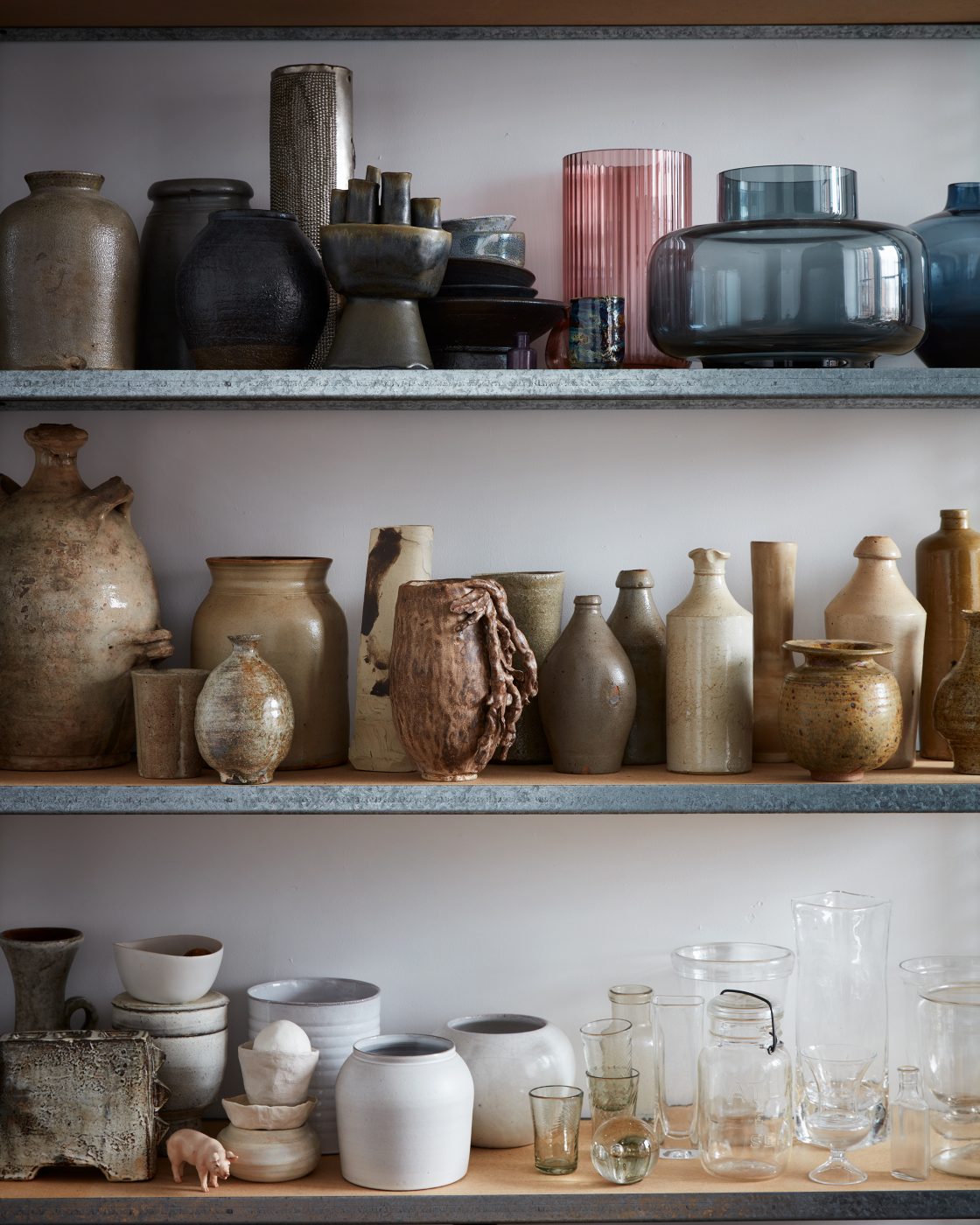
The book is organized by season, inspiring the reader to find beauty in the garden even in the dead of winter. “My goal was to take the fear and fussiness out of floral arranging,” she writes.
Taylor’s vases are as carefully considered as the flowers. She uses vintage containers, bottles, even tarnished silver teapots found at tag sales, along with ceramics by contemporary potters.
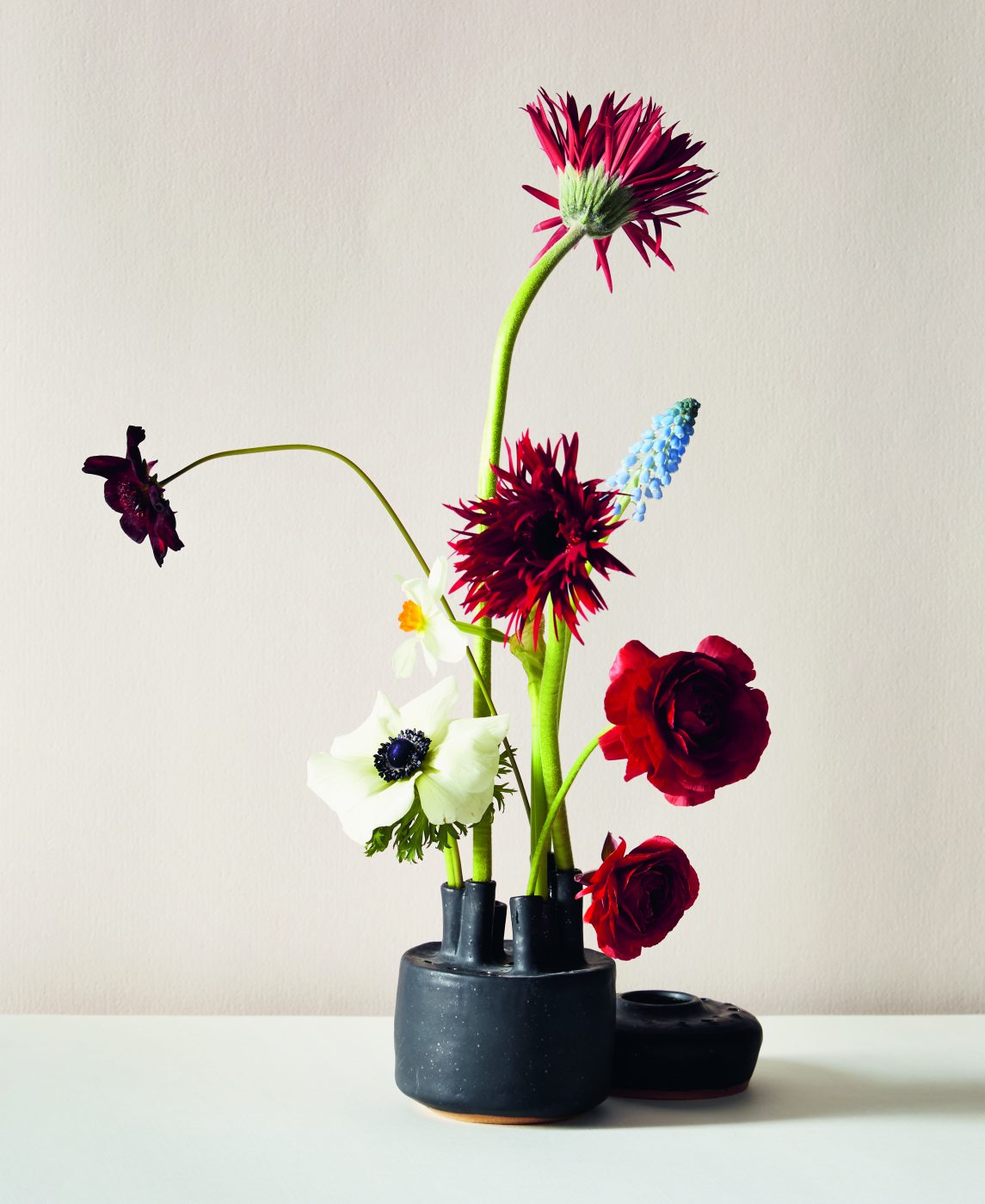
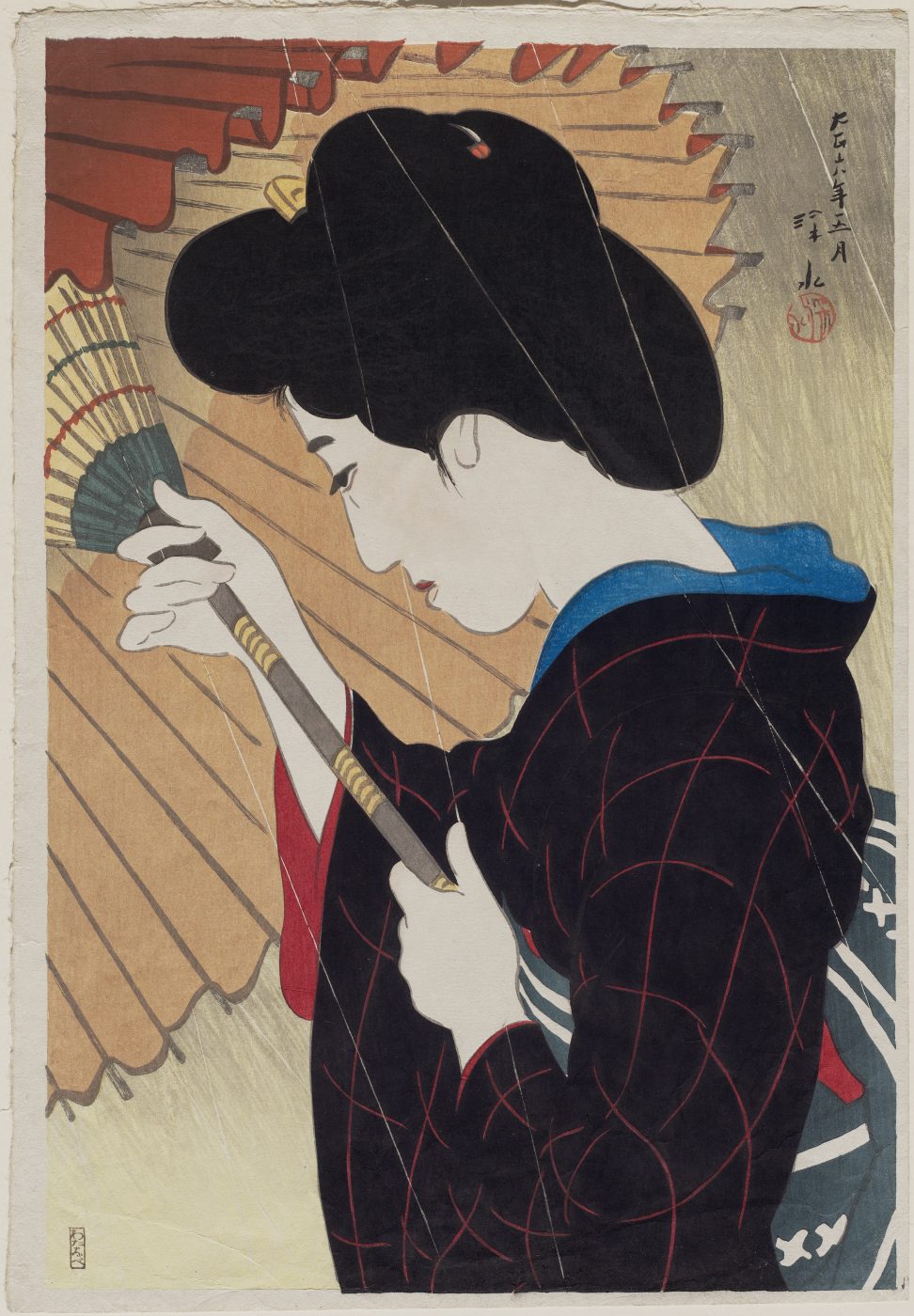
She writes beautifully and takes a great picture. Although professional photographers, especially Stephen Kent Johnson, shot the bouquets throughout, in the last chapter Taylor uses her own photos to illustrate what moves her, from Albrecht Dürer to Japanese garden tools to vintage floral frogs. Her keen aesthetic sensibility, garden wisdom and eloquent writing will all stay with you long after you finish the book.
